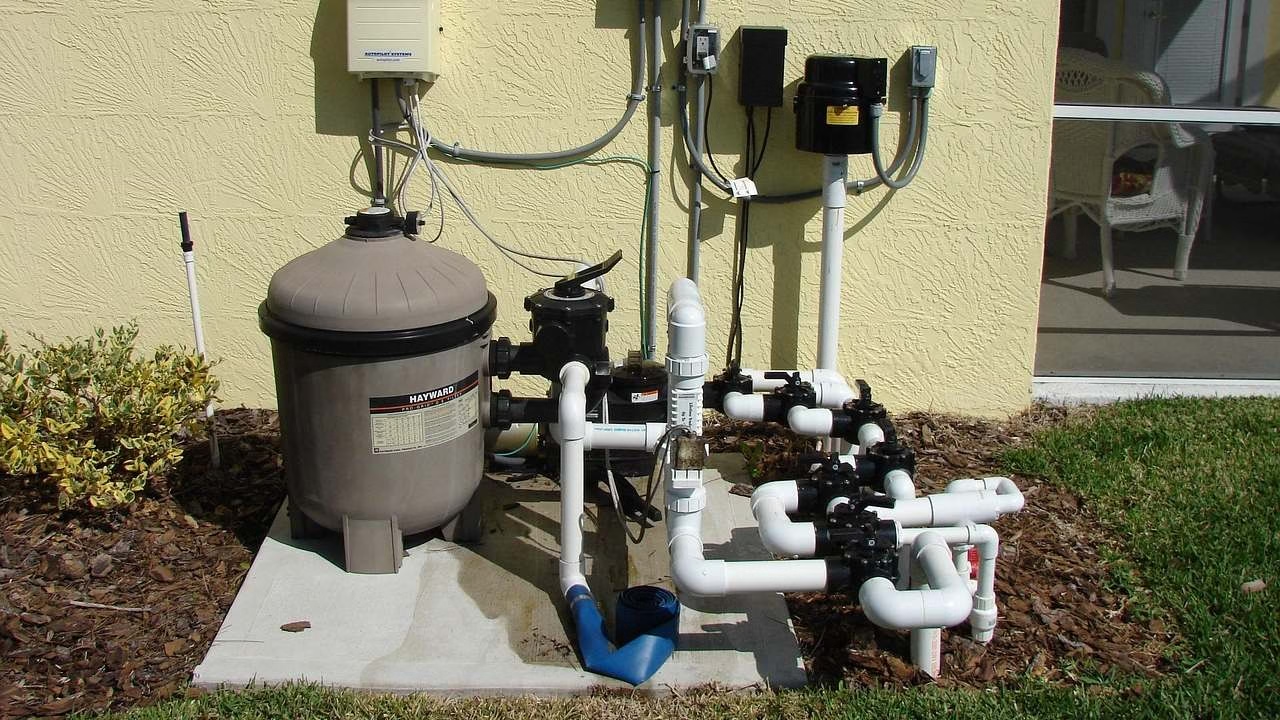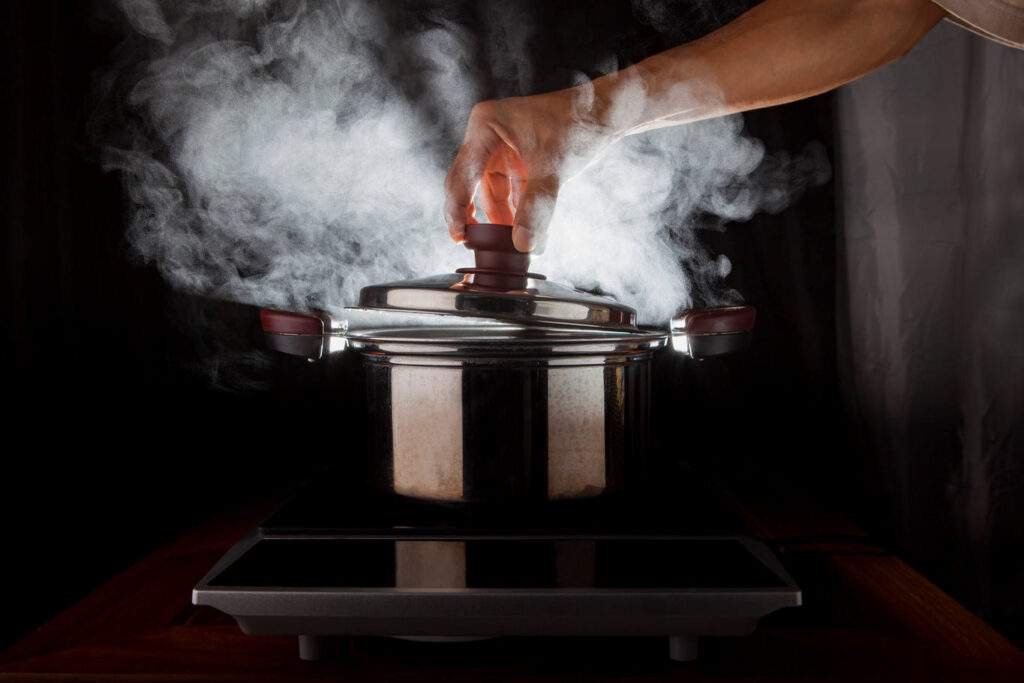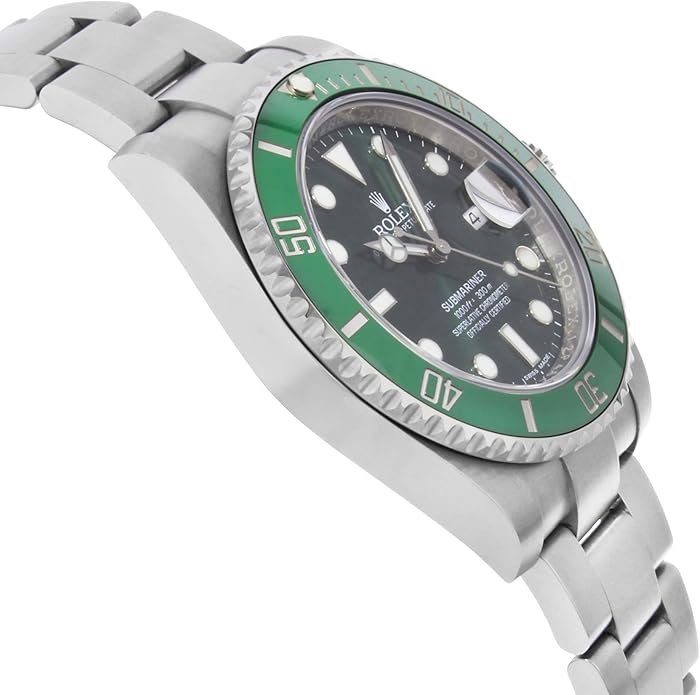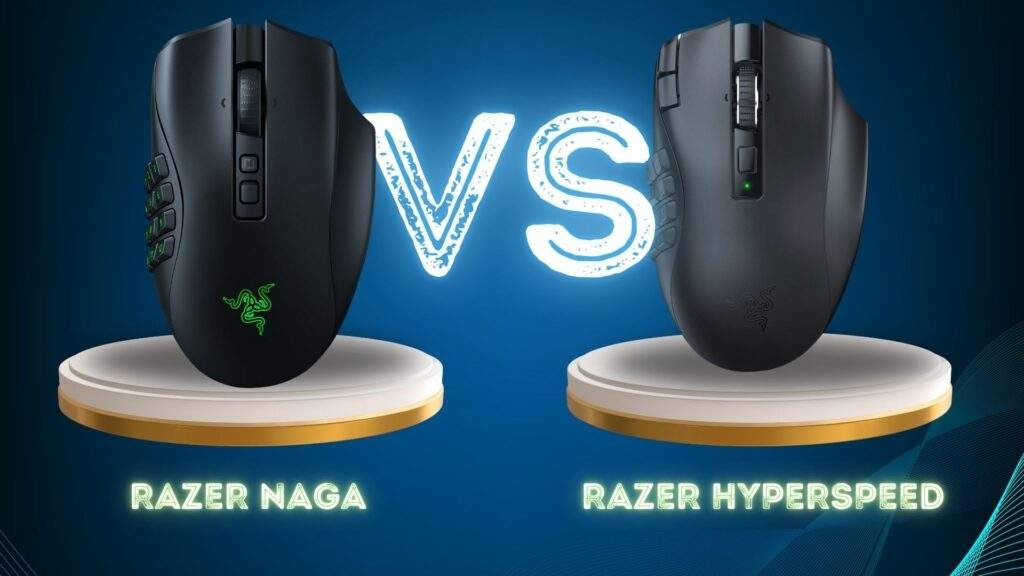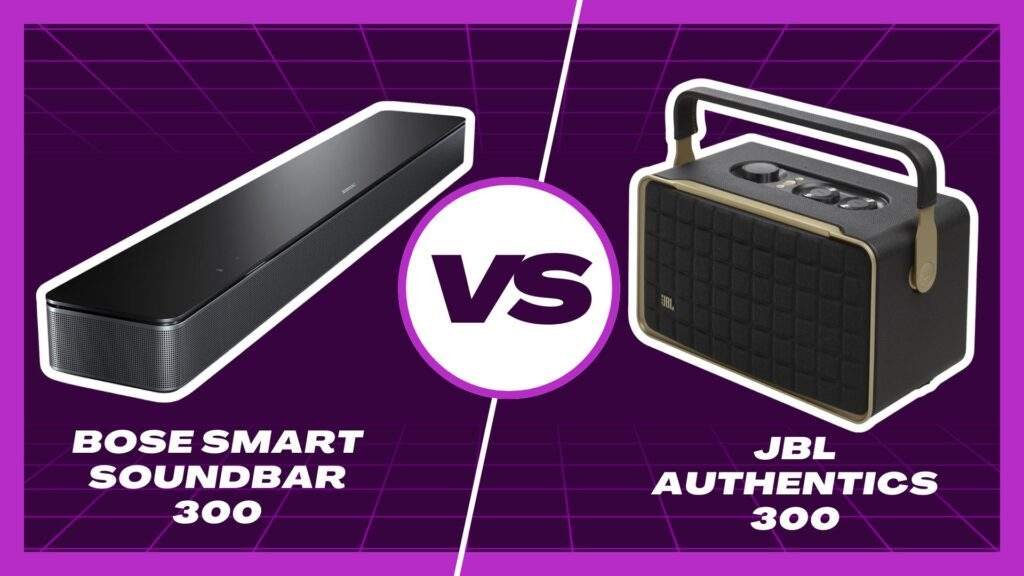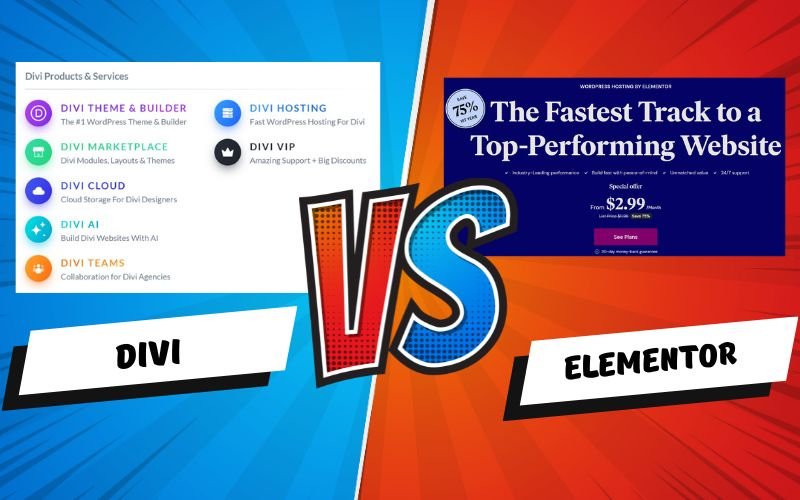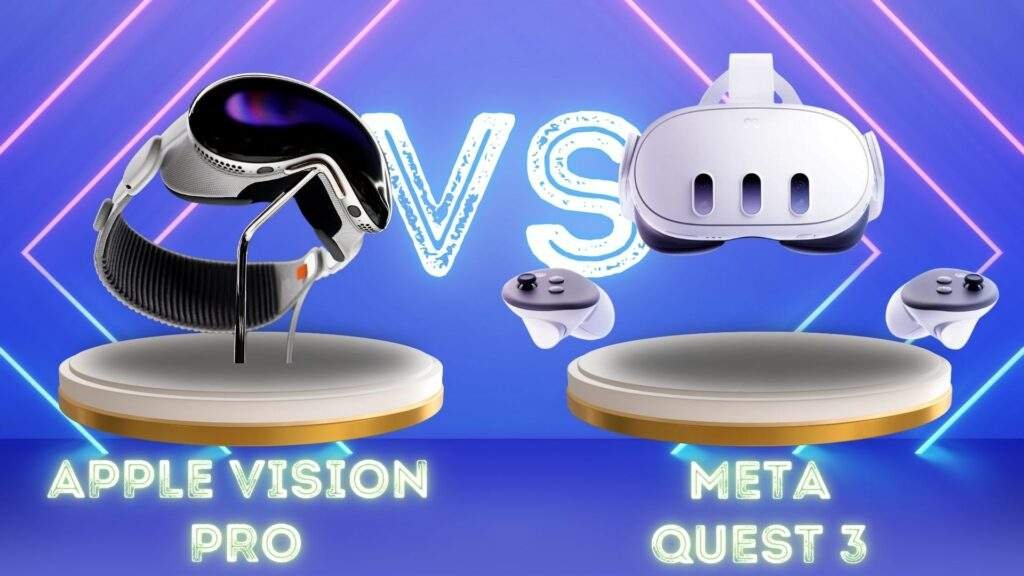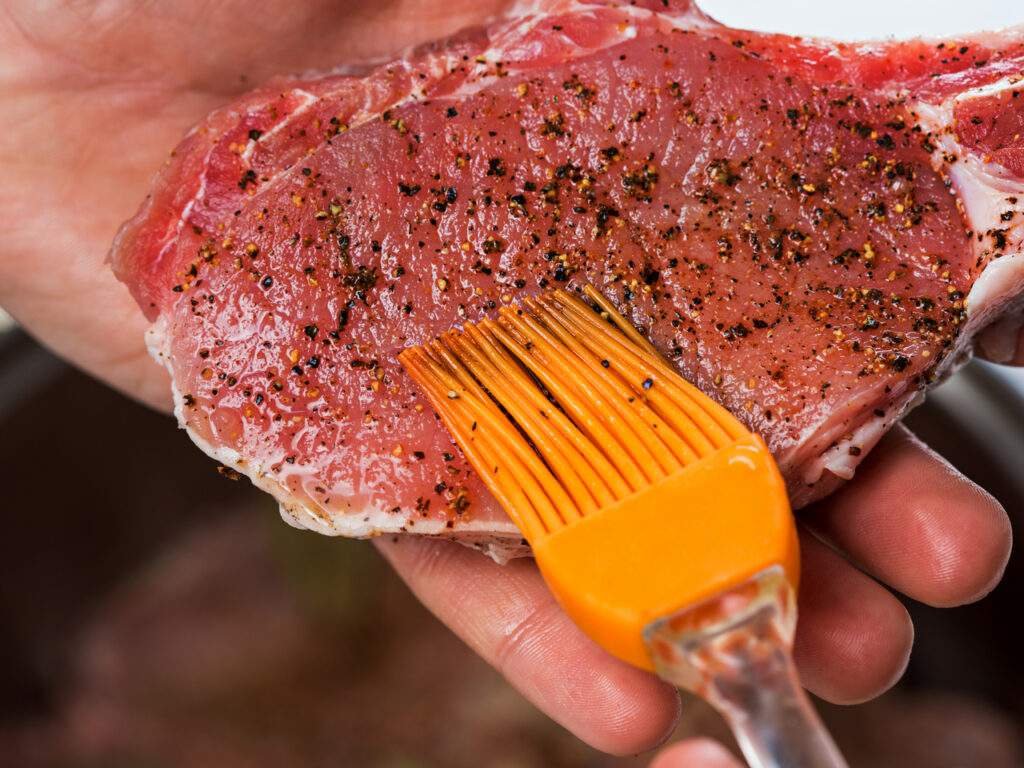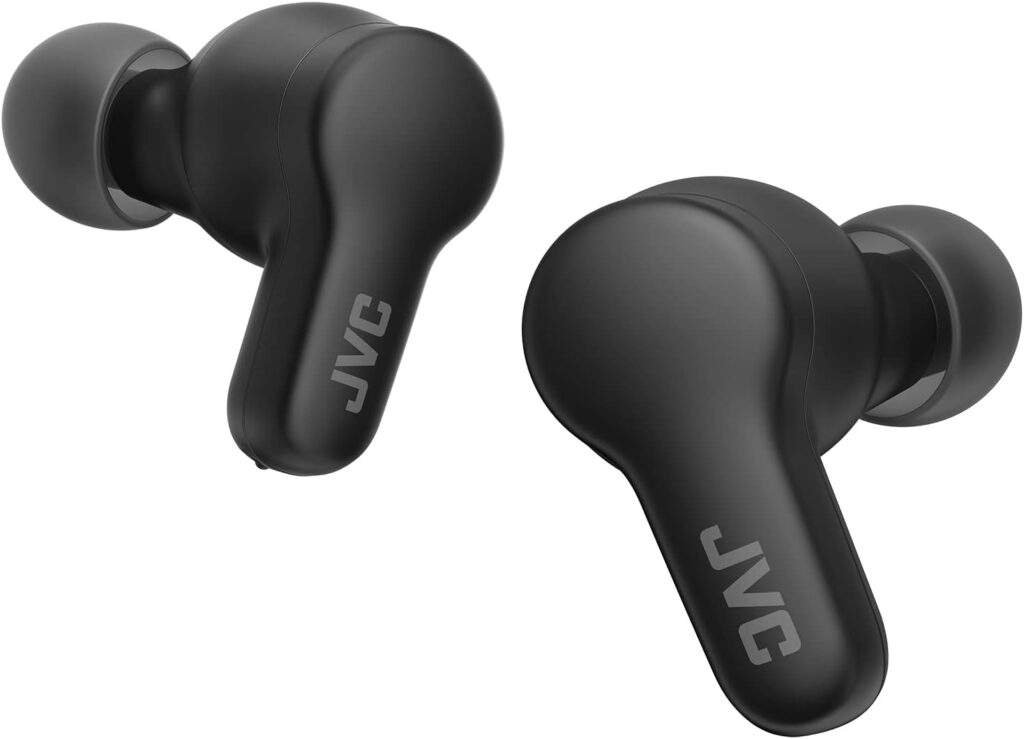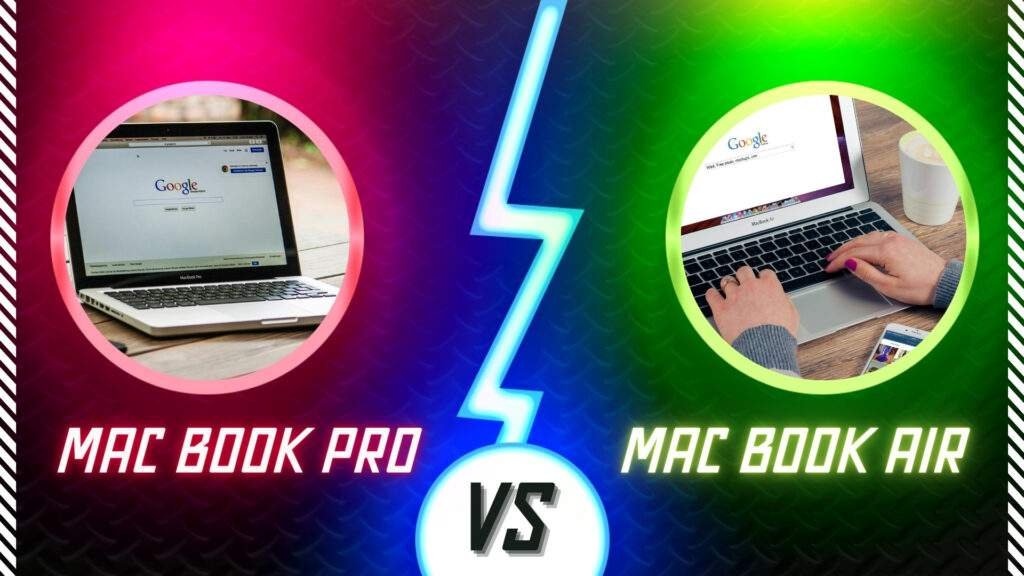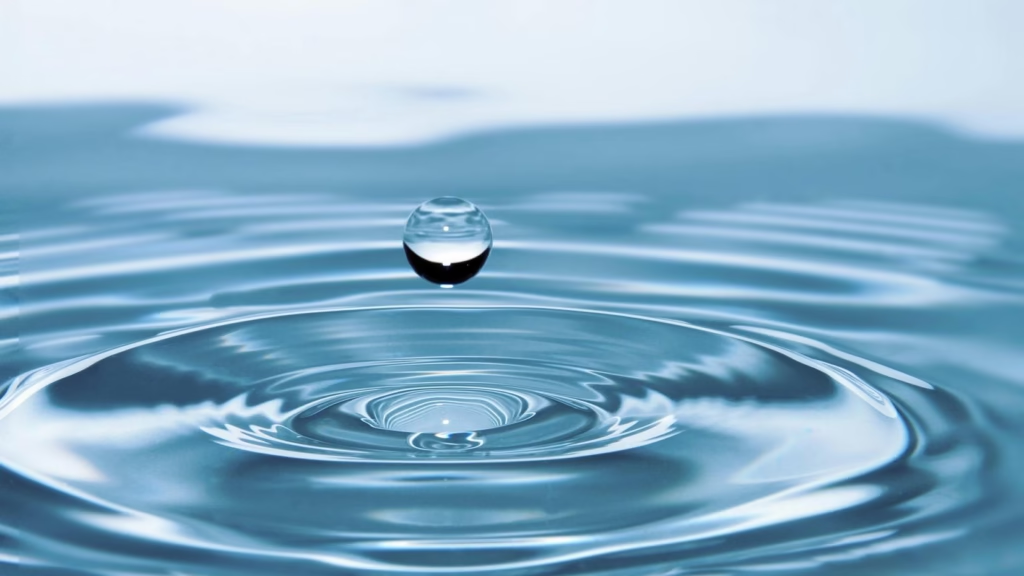Do water filters remove bacteria? Learn why many don’t and how UV purification reliably inactivates pathogens for safe drinking water.
Table of Contents
Introduction
Do water filters remove bacteria? This is a key question for anyone who wants safe drinking water. The short answer is no. Many home water filters do not remove or kill germs. To get rid of bacteria, you need special tools. These include ultra-filtration, reverse osmosis, or ultraviolet (UV) light. This guide explains why most filters fail. It shows how UV light cleans water. You will learn when you need UV. You will also see how to add UV to your home water system.
How people get “water filters” and bacteria wrong
- The term “water filter” can mean many things. It covers pitcher filters, faucet filters, under-sink filters, and more. It also includes systems that kill germs, like UV light.
- Many popular filters are made to make water taste better. They reduce chlorine and remove some chemicals. They are not made to remove or kill bacteria.
- Clean water looks, smells, and tastes good. So, people think it is safe. But clear, good-tasting water can still have harmful germs.
This is important because bad germs can live in water that seems fine. This is a big risk for some people. This includes people with weak immune systems, babies, older adults, and homes with private wells.
Why most filters do not remove bacteria
- Most home filters use carbon. Carbon soaks up chlorine and bad tastes. But carbon does not trap tiny germs. The holes in carbon are too big. Germs can pass right through. Germs can even grow on a dirty carbon filter.
- Size matters. Bacteria are very small. They are about 0.2 to 2 microns in size. Many filters have holes bigger than this. So, bacteria can get through.
- A dirty filter can become a home for germs. Wet carbon with food for germs can grow slime. This slime can put germs into your water.
- Look at the labels. Many filters are approved for taste and smell. They are not approved to remove germs. Only special filters have approval for germ removal.
Key point: Do not trust a carbon filter to stop germs unless it says so on the box. Look for the right approval.
Filters and tools that do remove or kill bacteria
Some methods do work against bacteria. Here is a list.
- Ultrafiltration (UF)
- How it works: It uses a very fine membrane. The membrane traps things as small as 0.01 to 0.1 microns. This stops bacteria and some viruses.
- Use: You can use it for your whole house or at one faucet. It removes germs but not salts or chemicals.
- Reverse Osmosis (RO)
- How it works: It uses a super-fine membrane. The holes are about 0.0001 microns. It removes germs, viruses, salts, metals, and many chemicals.
- Use: It makes great drinking water. But it wastes some water. It needs other filters before it and must be cared for. Many RO systems use carbon filters and UV light too.
- Nanofiltration
- How it works: It is like RO but not as strict. It stops many germs and small bits.
- Use: It is less common in homes. It is used where you need to remove specific things and germs.
- Ceramic filters with very small holes (less than 0.5 microns)
- How it works: It physically blocks bacteria.
- Use: Many ceramic filters remove germs. Some have silver to stop germ growth. They are often in countertop or gravity filters.
- Distillation
- How it works: It boils water and catches the steam. This kills or removes germs.
- Use: It works well but uses a lot of energy. It is not good for a whole house. It needs cleaning so germs don’t grow back.
- Ultraviolet (UV) disinfection
- How it works: UV-C light hurts the DNA of germs. The germs can’t grow or make you sick. They are still in the water, but they are dead.
- Use: It is often the last step in cleaning water. You can use it for the whole house or under the sink. It kills bacteria, many viruses, and tiny parasites. The water must be clear for it to work best.
Good idea: Use more than one method. For example, use a pre-filter to clean the water, then UV to kill germs, then RO to remove chemicals.
How UV purification works (simple science)
- UV light: Germ-killing UV light is in the UVC band. It aims at 254 nm. This light hits the germ’s DNA. It damages the DNA so the germ can’t multiply. This makes the germ harmless.
- Dose is key: It needs the right strength of light and enough time. Systems are made to give a strong enough dose to kill 99.99% of common germs.
- Water must be clear: Dirt or bits in the water can shade the germs. The UV light can’t reach them. Use a pre-filter to make the water clear first.
- What UV does and doesn’t do: UV kills living germs. It does not remove chemicals, metals, or salts. The water will have the same chemicals, but the germs will be dead.
- No leftover protection: UV doesn’t leave anything in the water to keep killing germs. So, germs can get back into the water after the UV light. Be sure your pipes and tank are clean.
In short: UV is a great way to kill bacteria in water. But you must use a pre-filter and set it up right.
UV versus other choices: good and bad points
- Good things about UV:
- No chemicals: It doesn’t change the taste or smell. It doesn’t make bad by-products.
- Fast and works well: It kills a wide range of germs. It even kills parasites that chlorine can’t.
- Easy to care for: Change the lamp once a year. Clean the sleeve now and then. No chemicals to handle.
- Bad things about UV:
- Doesn’t remove chemicals or solids. You need a carbon filter or RO if you have those.
- Needs power. It won’t work in a power outage without a backup.
- No leftover protection. Germs can get in after the UV light.
- Works best with clear water. If the water is dirty or you use too much water, it may not work well.
UV is best for: Homes with wells or other germ risks. It’s good as a final step for the whole house or under the sink. It’s perfect if you don’t want to use chemicals.
Adding UV to a whole-house filter system (how and why)
- Why add UV to a whole-house system? Whole-house filters often have sediment and carbon stages. They protect your pipes and make water taste better. Adding UV at the end kills germs at every tap in your house. This keeps you safe from bacteria other filters might miss.
- Example for your site:
- “A UV system is often added to a whole house water filtration system for complete protection.
- Typical setup:
- First, a sediment pre-filter to remove dirt and bits.
- Then, a carbon filter or softener for taste, chlorine, or scale.
- Last, a UV unit big enough for your home’s water use. It must give the right UV dose even at high flow.
- Sizing: Pick a UV unit made for your home’s peak water flow. Think of all showers and appliances running at once. Many brands tell you what size you need based on your home.
- Extra safety: Use UV with an RO system under the sink for drinking water. This removes chemicals and kills germs. It’s a strong solution for tricky water problems.
How to pick a UV system (easy checklist)
Use this list when you shop:
- Look for official approvals like NSF/ANSI 55 for UV systems.
- Get a unit rated for your home’s highest water flow. When in doubt, get a slightly bigger one.
- Check the UV dose number (mJ/cm²). See if the system has a sensor to make sure it gives that dose.
- The chamber should be stainless steel. The sleeve should be good quality quartz. Check the parts and how it mounts.
- Look for alarms or monitors. They tell you if the lamp is out or the strength is low. This keeps you safe.
- Make sure it’s easy to service. You should be able to change the lamp and sleeve easily. Find out if spare parts are easy to get.
- Pick a brand with a good warranty and support. Choose a known brand with clear guides and parts you can find.
Our tip: Use a UV system with a sediment and carbon pre-filter. If you have chemicals in your water, add an RO system for drinking water.
Setting up and caring for your UV system
- How to install it:
- Put the UV unit after any other filters. This makes sure the water going into it is clear.
- Place it where it won’t freeze. Make it easy to reach for lamp changes.
- Connect the pipes right. Follow local rules for whole-house systems.
- How to care for it:
- Change the UV lamp every year. The light gets weaker even if it still looks on.
- Clean the quartz sleeve every 6 to 12 months. Remove any scale or film.
- Change the pre-filters as directed. A clogged filter slows water flow and can hurt UV performance.
- Test your water now and then for germs if you use a well. This is a good practice.
- What to watch for:
- Pay attention to alarms. They warn you if something is wrong.
- If the power goes out, the UV stops. Think about a battery or generator if germs are a big concern for you.
Common questions (FAQs)
Q: Do Brita or pitcher filters remove bacteria?
A: No. Most pitcher or faucet filters are not made to remove germs. They make water taste better and remove chlorine.
Q: Can UV remove chemicals and heavy metals?
A: No. UV kills germs but does not remove chemicals, metals, or other dissolved things. Use carbon filters or RO for that.
Q: Is UV safe? Does it put anything in the water?
A: UV is safe and uses no chemicals. It doesn’t change the taste. The light is inside a sealed chamber. The water is safe and unchanged.
Q: Can UV kill Cryptosporidium and Giardia?
A: Yes. With the right dose, UV kills these tough parasites. This is a key reason people use UV.
Q: Is UV enough for well water?
A: It can be, but only if the water is clear first. The system must be the right size and cared for. Test your well water often. Many people use UV with other filters for full safety.
Buying a system (what to think about)
- Whole-house UV units come in sizes for typical homes. Brands like iSpring, HQUA, and SpringWell make them. Look for stainless steel, alarms, and sensors.
- Under-sink UV units are small. They work well with RO systems to kill germs in drinking water.
- Portable UV pens are good for travel. But they are not for whole-house use.
When you pick one, look for approvals, the right flow rate, and easy-to-find parts.
Real-life uses
- Well owners: Many use a sediment filter and a whole-house UV system. This protects every tap from germs.
- After water main breaks: Towns may say to boil water. UV is a great final guard. It kills germs without a chlorine taste.
- Combined systems: Homes that need to remove chemicals and germs often use RO and UV together. Or they use a whole-house system with carbon and UV.
Final checklist before you buy or install UV
- Test your water. Know what germs or chemicals are in it.
- Pick a UV system that fits your home’s water use and clarity.
- Plan for pre-filters to clean the water before the UV light.
- Check for approvals and that you can get new lamps and sleeves.
- Plan to change the lamp every year and clean the sleeve.
- Think about adding RO or carbon if you have chemicals.
- Remember: “A UV system is often added to a whole house water filtration system for complete protection.” (See more here)
Conclusion
Do water filters remove bacteria? Not all of them. Many common filters are for taste and smell. They will not remove or kill germs. For safe water, you need the right tools. These are ultrafiltration, reverse osmosis, good ceramic filters, distillation, or UV light. UV is a popular choice. It uses no chemicals and works well. It kills bacteria, viruses, and parasites. But the water must be clear, and the system must be set up right. For a whole house, UV is often the last step after other filters. This makes sure every tap has safe water. If you worry about germs in your water, test it. Pick approved gear. Use pre-filters. Keep up with care. Then your water system will keep your family safe.

